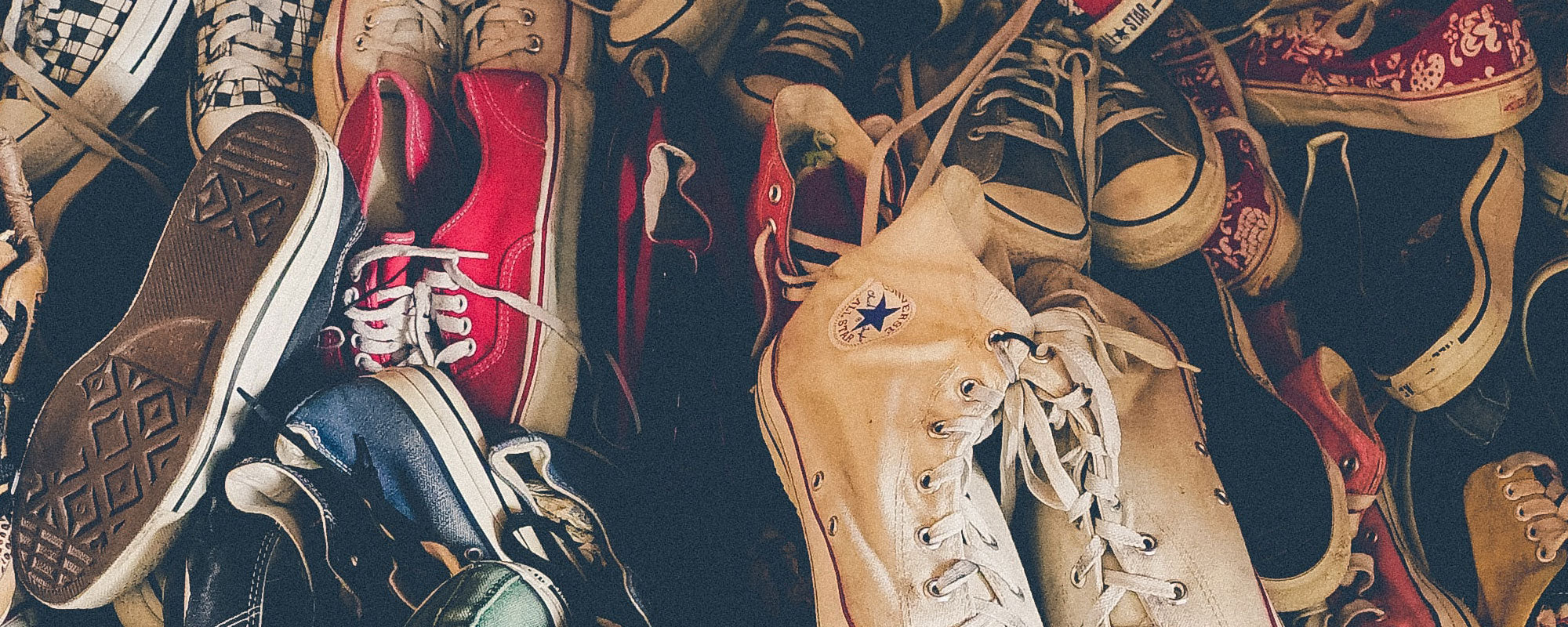Check New Shoes for Signs of Mold
Check new shoes for any signs of mold or moisture as leather shoes are often manufactured in several locations and susceptible to the growth of mold. The long assembly process includes transportation and storage that can cause the beginning of mold growth in shoes.
The beginning growth of mold is often invisible. It’s only when mold cells divide and multiple will they become visible to the human eye. Once mold is active, it can be very difficult to remove.
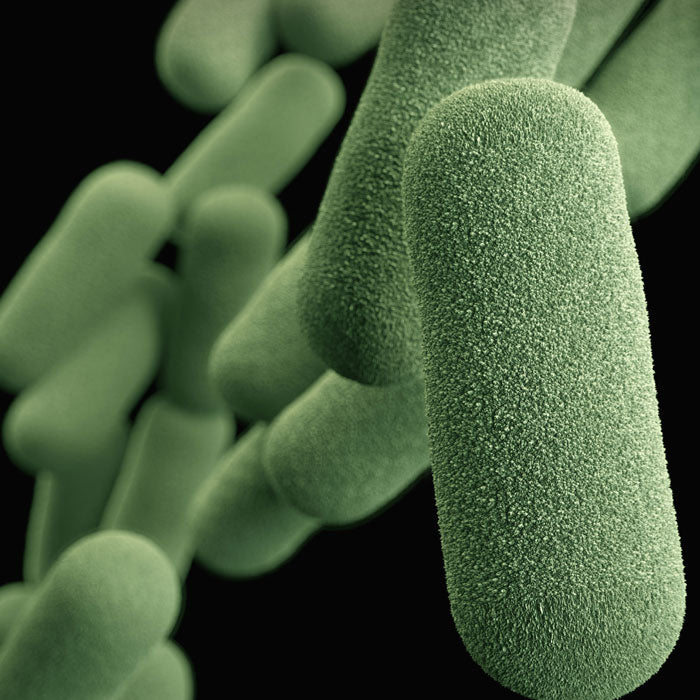
Dryness is Key
Prevent mold from growing in shoes by keeping footwear dry. Mold grows in damp environments and by leaving wet shoes in a dark, damp closet that can help spores multiply. Dry a wet shoe or insole outside in the sun or in a warm, lit room before closet storage. Your shoe storage environment should have a relative 40-50% humidity and constant ventilation. Not only can mold grow in the wet shoe, but mold can move to other dry shoes in the same area.
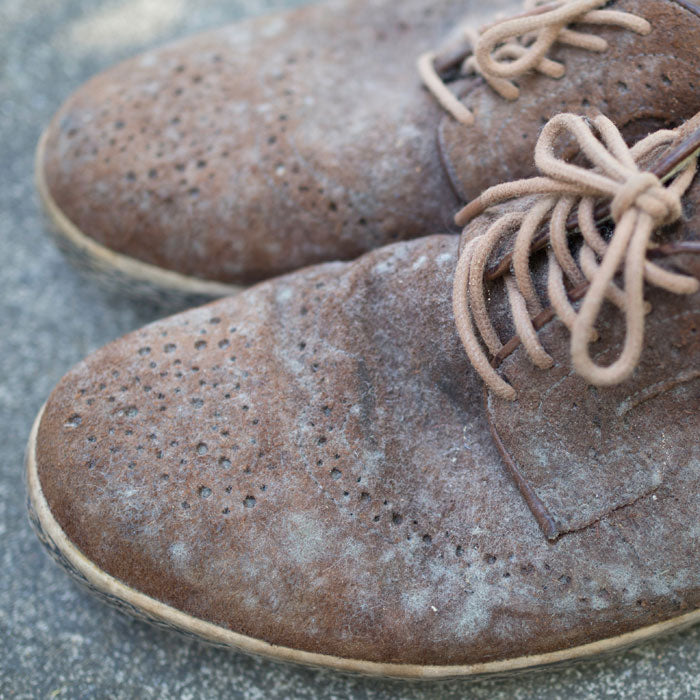
Clean, Aerated Storage
Do not place shoes in a plastic or enclosed bag that traps humidity and fosters mold growth. Let shoes dry in an aerated room or closet. Keep your shoe storage area clean and dry. Remove all dirt from your storage area, allowing fresh, dry air to circulate.
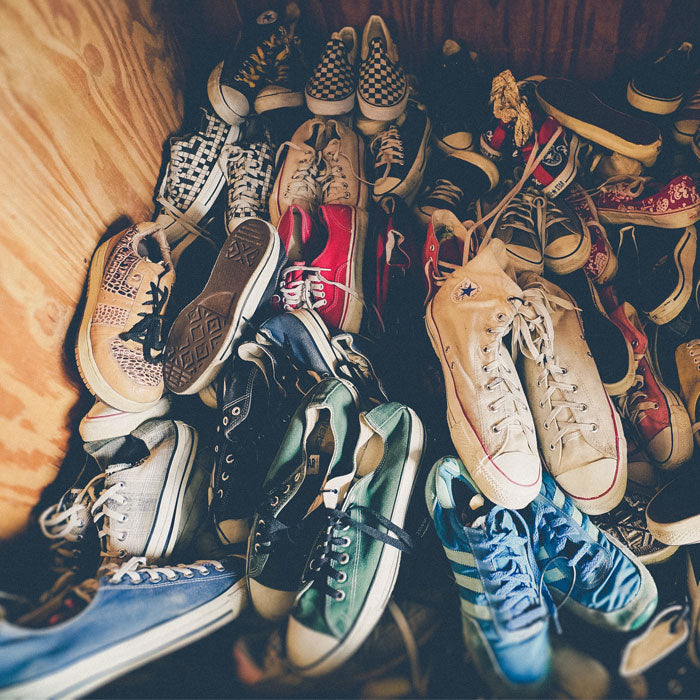
Closet Life
Closet lighting can help keep a closet warm and dry and prevent mold from multiplying. Keep your closet door shut as humidity from a bedroom or adjacent room can increase dampness in your closet. Shut closet doors to keep moist air from entering.
Remove dirty clothing and shoes from the closet. Molds, a form of fungi, feed on dirt and food particles. Finally, if possible, replace wood closet components and shelving with metal, that is a much more mold/moisture resistant than wood.
More Shoe Storage and Care Tips
Preventing Mold & Bacteria on Shoes
Check new shoes for any signs of mold or moisture…
Before using a fungicide, put on gloves…
How to Remove Creasing in Leather Shoes
Using warm water, dampen a white washcloth…
How to Clean Leather Shoes and Boots
Brush off dirt and debris with soft bristled brush…
How to Clean Suede and Nubuck Shoes
For most suede/nubuck cleanings, do not use water…
How to Clean Canvas and Mesh Shoes
Cover your workspace with a large rag or towel…
Brush dirt and debris off the sole with a dry brush…
How to Clean Shoe & Boot Laces
For cotton, cloth laces prepare a bowl of hot water…

